Those pesky facial warts got you feeling like a pincushion? Tired of catching strangers’ stares and dodging tricky high-fives? Facial warts, those troublesome little growths that can seemingly appear out of nowhere, are not only unsightly but can also cause significant distress and embarrassment. Whether they show up on your nose, chin, or cheeks, dealing with facial warts can be a frustrating experience. However, with advancements in dermatological technology, there’s hope for a quick and effective solution. Well, fret no more! “Warts Be Gone” is your declaration of independence from these unwelcome bumps. Introducing “Warts Be Gone” – an innovative approach to facial wart removal that combines advanced techniques with expert care to achieve smooth, blemish-free skin.
What are Warts
Benign (noncancerous) growths known as warts can appear on the skin and mucosa, including the oral cavity. Warts are caused by the human papillomavirus (HPV). Only a few of the more than 100 HPV subtypes (strains) have the ability to create warts on certain body regions. Warts are widespread, especially in young children. According to some estimates, up to one in five kids may get warts, with kids between the ages of 12 and 16 being the most typically affected. Numerous wart infections disappear on their own in the absence of medical intervention. Though usually benign, warts can cause irritation and occasionally even discomfort.
Types of warts
Warts are categorized by medical professionals according to several factors, including appearance, the HPV strain (kind) that produces them, and the bodily sections they impact. Among the several kinds of warts brought on by HPV are:
Verruca vulgaris, or common warts: Common warts usually develop on your hands. They can feature black specks that resemble seeds and most typically feel like hard lumps. Actually, the black specks are dead capillaries that have been covered. They vary in size from pea-sized to that of a pinhead. In addition to types 1, 3, 7, 27, 29, and 57, common warts are caused by HPV types 2 and 4 (the most prevalent).

Plantar warts: Usually, plantar warts develop on the soles (plantar surfaces) of your feet. They can contain black spots and are frequently flat or inward growing. They can grow to be rather huge and hurt when you walk or stand. Plantar Warts: HPV types 1, 2, 4, 27 and 57.
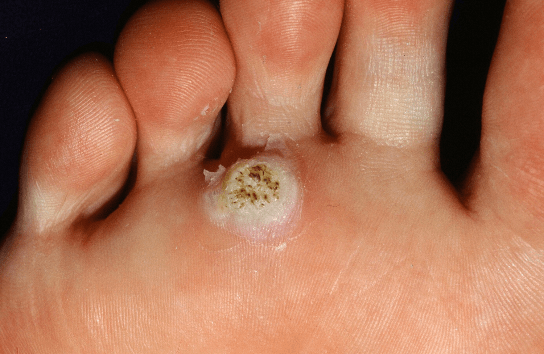
Mosaic warts: These warts resemble pinhead-sized white pimples. Usually, they develop beneath your toes or on the balls of your feet. But they have the ability to proliferate and encompass more of your foot. Compared to plantar warts, mosaic warts are flatter and rarely cause pain when walking. Mosaic warts are caused by HPV type 2.
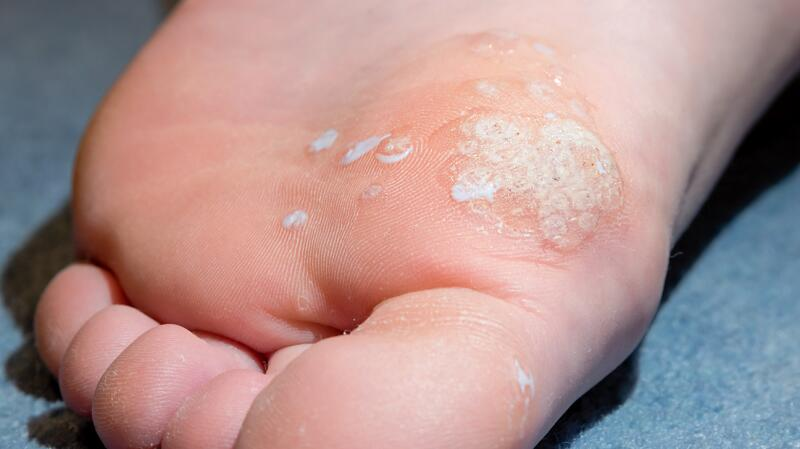
Flat warts: You might get these warts anywhere on your body. Compared to other warts, they are smoother and smaller, and they often form in clusters of 20 to 100 at a time. Flat warts are caused by HPV types 3, 10, and 28.
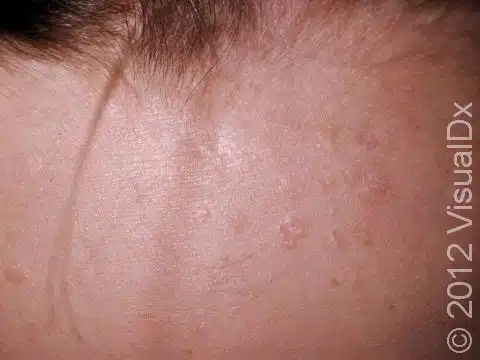
Filiform warts: These warts resemble protruding, lengthy threads. They frequently form around your mouth, eyes, and nose on your face.
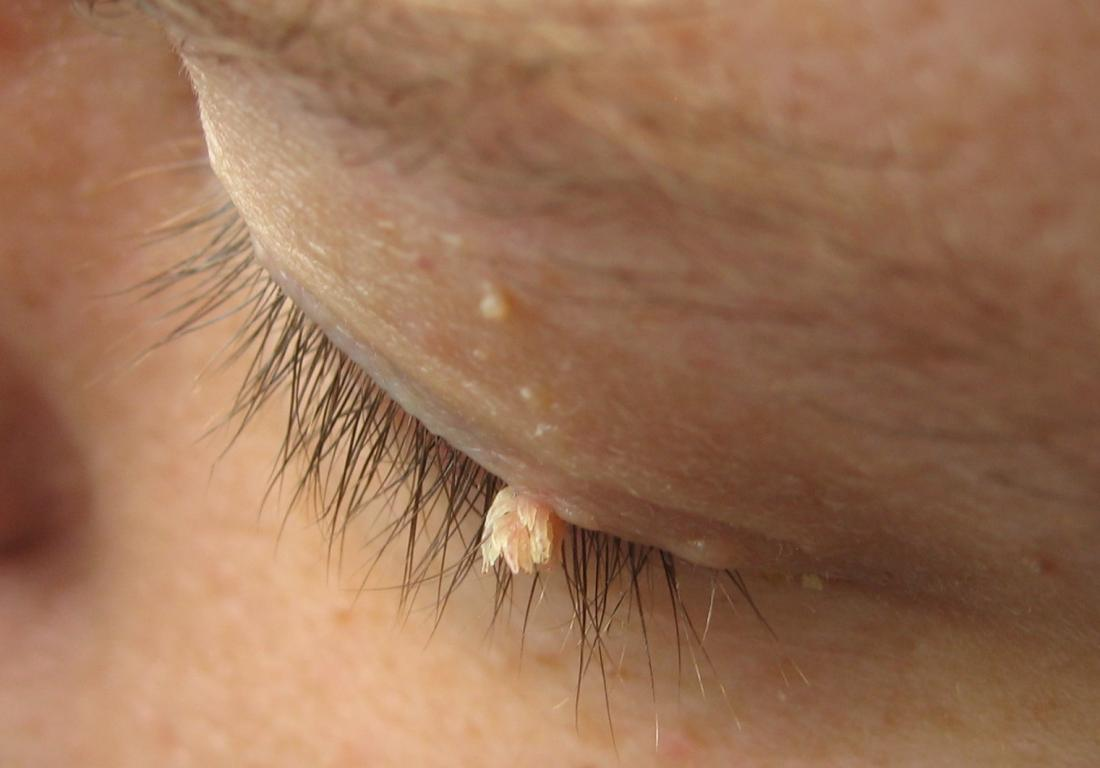
Warts on the genitalia: These warts (also known as anal warts) harm your rectum. This STI is spread through skin-to-skin contact and is classified as a sexually transmitted illness. Genital warts are rough-surfaced, hard, tiny nodules. 90% of genital warts are caused by HPV strains 6 and 11.
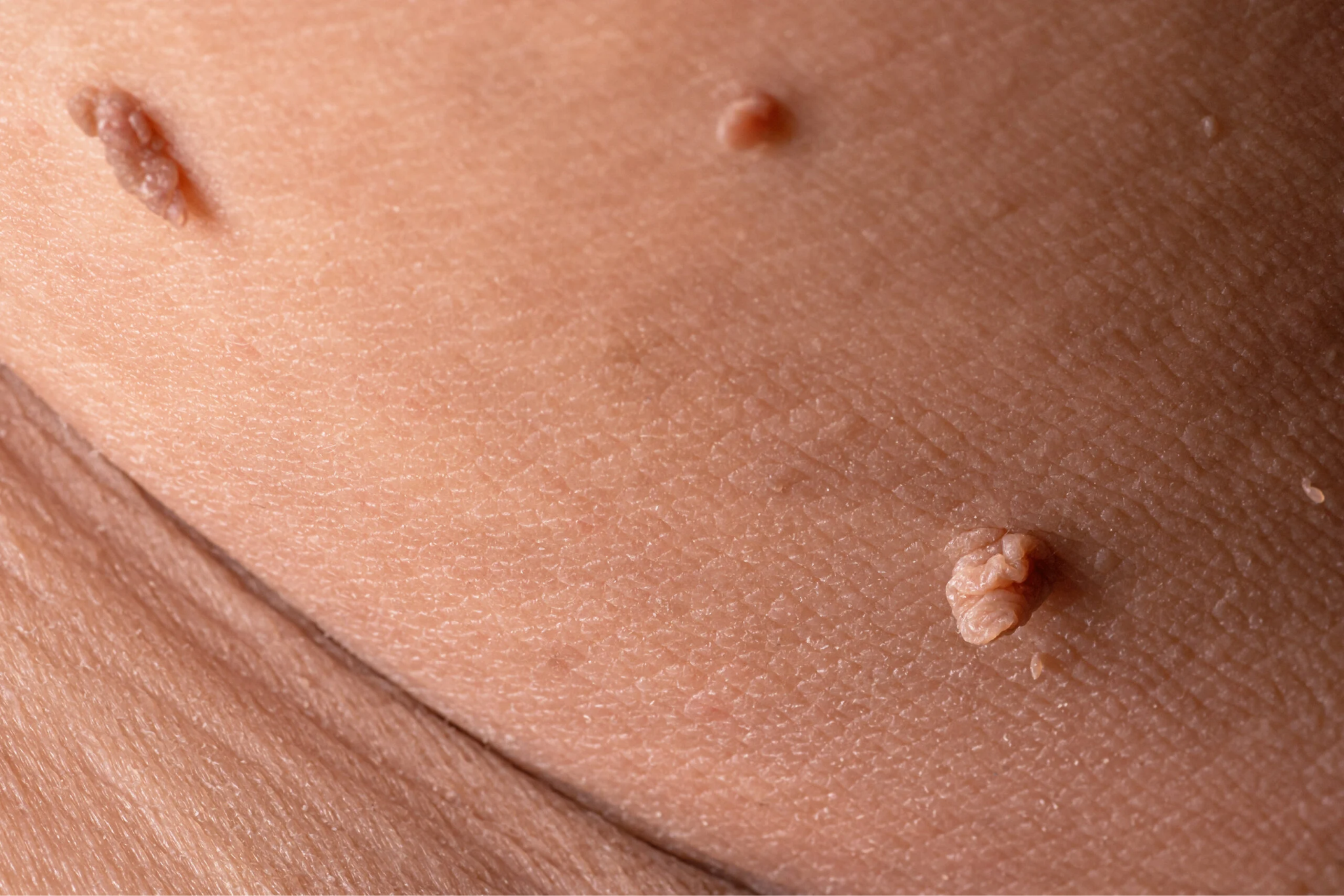
Heck’s disease: Also known as focal epithelial hyperplasia, is an uncommon disorder in which warts grow on the mucosa inside the mouth. Generally speaking, warts are soft and range in color from mucous to white. Heck’s disease is brought on by HPV strains 13 and 32.
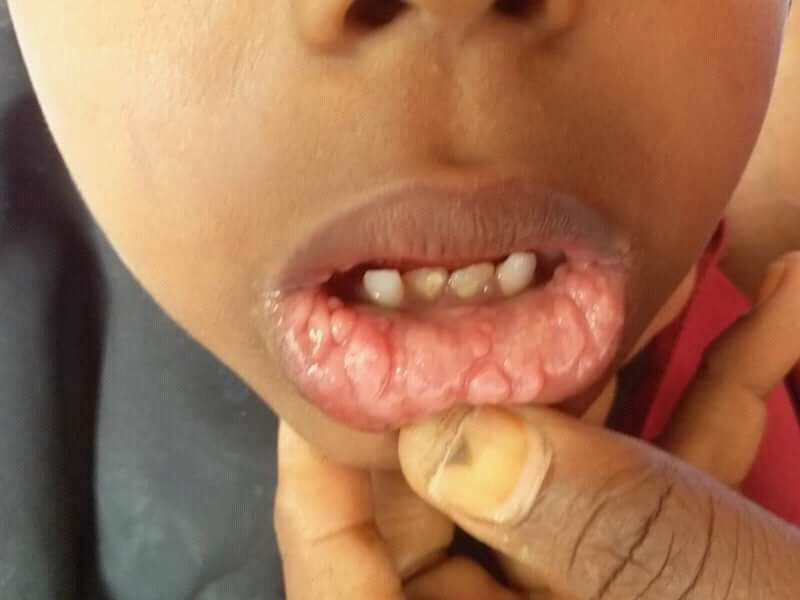
Before & After The Warts Removal Procedure
While some warts go away with time, some could require medical attention. When using treatments for warts, like salicylic acid, the wart should gradually disappear until it is the same thickness as the skin. In general, smaller post-operative wounds heal more quickly than larger or more dispersed ones. In healthy individuals, the inflammation that results from minor skin breaks usually goes away in a few days to a week. In the meanwhile, the shape of the incision after therapy heavily influences how long larger lesions take to heal. Round wounds usually take longer to heal than thin incisions because the top layer of skin can more readily contract. Wound closure is accelerated with surgical staples, skin glue, stitches, and skin tape. They are not suitable for round or wide lesions, but they are for slit-like wounds.
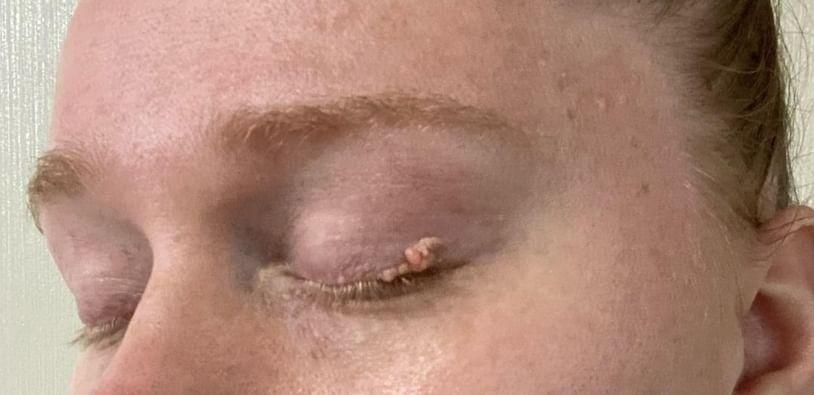

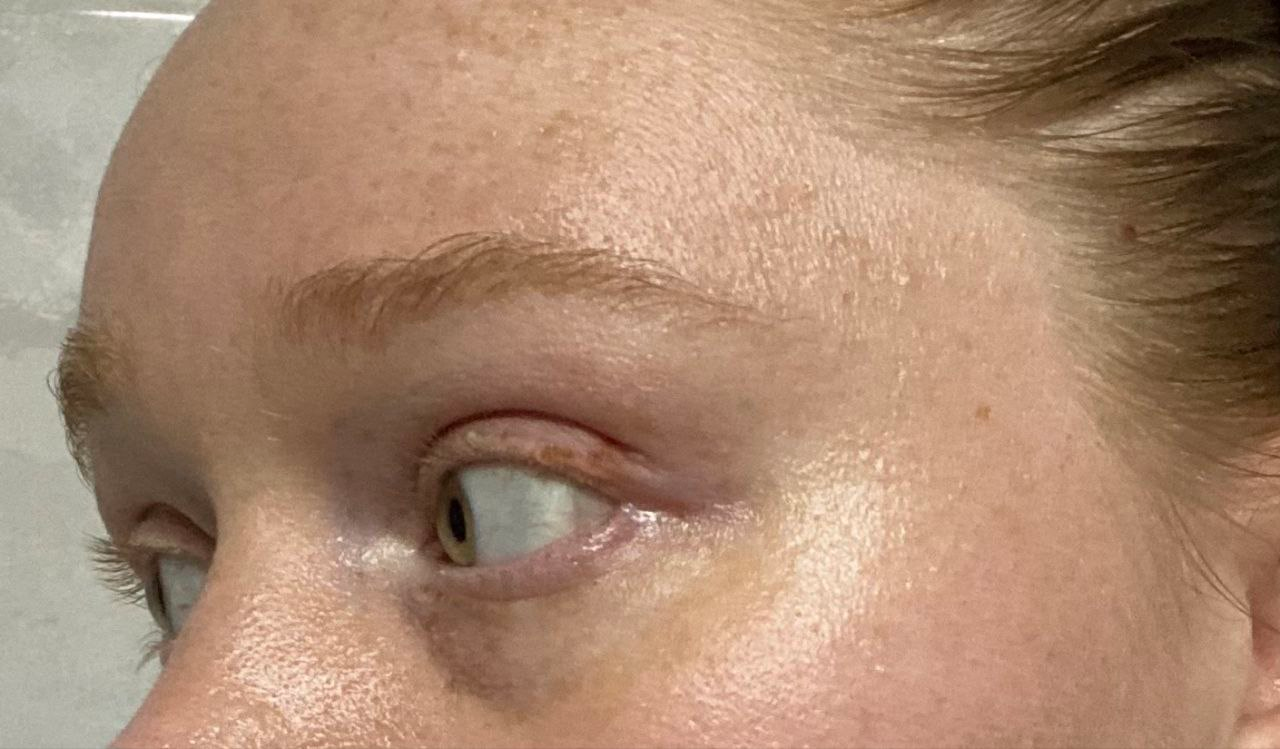
What causes warts?
Warts are caused by specific strains of the human papillomavirus (HPV). Small cuts allow the virus to enter your skin and promote the creation of additional cells. Your skin’s outer layer thickens and hardens, developing into a wart. Injured or wet skin is more susceptible to wart infection. Although not all HPV infections result in warts, all warts are caused by HPV. Warts are not caused by the form of HPV that can develop into cancer, such as cervical cancer.
What is the treatment for warts?
Although this frequently happens on its own, warts can disappear for up to two years. Your healthcare professional may suggest treatment for warts since they can cause pain, spread, and interfere with daily activities. Choices consist of:
- Over-the-counter (OTC) products: Compound W® and other OTC wart removal treatments include salicylic acid. Warts are dissolved by this chemical one layer at a time. These products are available as liquids, gels, and patches. To fully eradicate the wart, you might need to use the treatment every day for a few months. 50% to 70% of common warts can be cured with salicylic acid.
- Topical medical treatments: Your doctor might treat a wart with a liquid mixture that includes the chemical cantharidin. Beneath the wart, a blister forms, severing the blood supply. In around a week, you have to go back to your provider’s office so they can extract the dead wart.
- Medical freezing: Your provider will use liquid nitrogen to freeze the wart as part of a cryotherapy procedure. The wart may eventually peel off. You might require multiple therapies.
Other wart treatments
Your dermatologist may suggest more intrusive treatments, such as the following, if conservative measures have failed to resolve the wart:
- Immunotherapy: Immunotherapy aids in the immune system’s defense against the wart-causing virus. One approach to treating this condition is applying a topical medication, like diphencyprone (DCP). A slight allergic reaction brought on by DCP may cause the wart to disappear.
- Surgical excision: To get rid of the wart, your doctor could make an incision. This might cause damage.
- Electrosurgery: With this procedure, a heated needle with a particular design is used to burn away the wart tissue. It’s possible to get scars.
- Laser treatment: The wart’s tiny blood veins are heated and destroyed by the laser light used by your provider. By cutting off the blood supply, the wart is killed. This can leave scars.
How can I prevent warts?
Warts cannot be completely avoided. However, you can reduce your chance of catching the virus that causes them by following these instructions:
- Never touch the wart of another individual.
- Never share clothes, razors, nail clippers, towels, washcloths, or other personal stuff.
- Avoid picking or biting your cuticles.
- Preserve cuts and keep your skin hydrated rather than parched and split. Breaks in the skin allow HPV to enter with ease.
- See your doctor about the HPV vaccine (which is usually recommended for children and young people), and use condoms to avoid getting genital warts.
- If you use the pool, showers, or public locker rooms, wear shoes or flip-flops.
Warts can be treated in a variety of ways. Consult your dermatologist about the advantages and disadvantages of your treatment, as some may leave scars. Because warts can be hard to treat, you might need to try many approaches.
Why Choose Gangnam Theme Dermatology
Moreover, it appears that warts grow out of control at the same rate as new ones. This occurs when previously treated warts release virus cells into the skin. As a result, additional warts can develop around the original ones. Getting new warts treated as soon as they arise by your dermatologist is the best method to avoid this.
With three board-certified dermatologists with extensive expertise, Gangnam Theme Dermatology is one of the oldest dermatology practices in Gangnam, Seoul, South Korea. It can be found right between Sinnonhyeon and Gangnam Stations, in the center of the famous Gangnam neighborhood. With an extensive experience of over 20 years in dermatology, our team of specialists is highly regarded for their expertise and unwavering commitment to excellence. Over more than 20 years, the clinic cared for patients with various skin issues and types. They can assist you with acne, pigmentation, anti-aging (lifting), scars, and other skin issues. Also, among Korean clients, they are one of the most well-known skin clinics. The variety of services they offer and their knowledge of skin issues will satisfy you.
Gangnam Theme Dermatology Booking Information
The clinic can be found at 423 Gangnam-daero, Seocho-gu, Hanseung Building, 7th Floor, Seoul, South Korea. To reach out directly, dial +821094839974 on WhatsApp and Kakao. Sending a message to Gangnam Theme Dermatology will allow you to talk about your concerns, make an appointment, or receive an online consultation. Send an email to [email protected]. You can also look through everything and ask questions on the Gangnam Theme Dermatology website by clicking this link: About Us
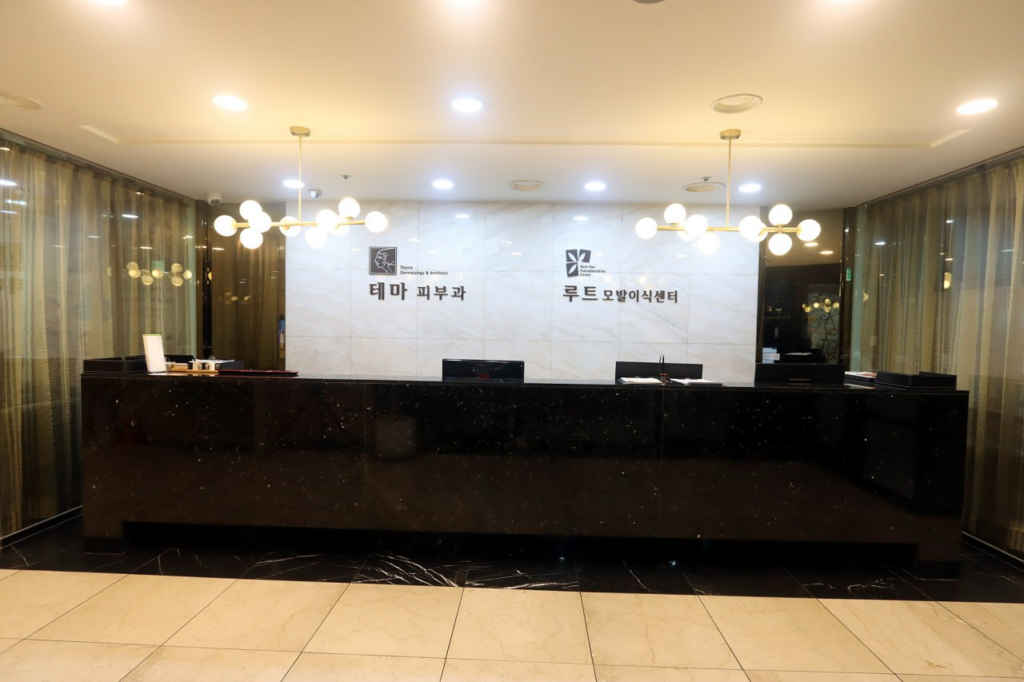

FAQs
Because HPV is viral, warts are indeed contagious.
Direct or indirect touch might result in the spread of warts. Skin-to-skin contact or touching someone else's wart would be considered direct contact. Using towels or razors that have come into contact with a wart or HPV is an example of indirect contact.
Approximately 65 percent of warts disappear on their own at the end of two years. This primarily pertains to individuals with robust immune systems. Warts most likely won't go gone on their own if your immune system is damaged.
There's no guarantee that a wart-causing HPV strain won't recur once it has been identified. Warts may return at the same site or on a different region of your body after treatment. However, some people get rid of their warts and never develop another one.
Conclusion
Even though warts are ultimately harmless, they might cause you to feel self-conscious or cause problems in your daily life. There are numerous therapy options, which is excellent news. Furthermore, a lot of warts disappear on their own, albeit slowly. The Theme Dermatology Clinic is available to you in case you have any worries or if you have a persistent wart. We are here to assist you.
